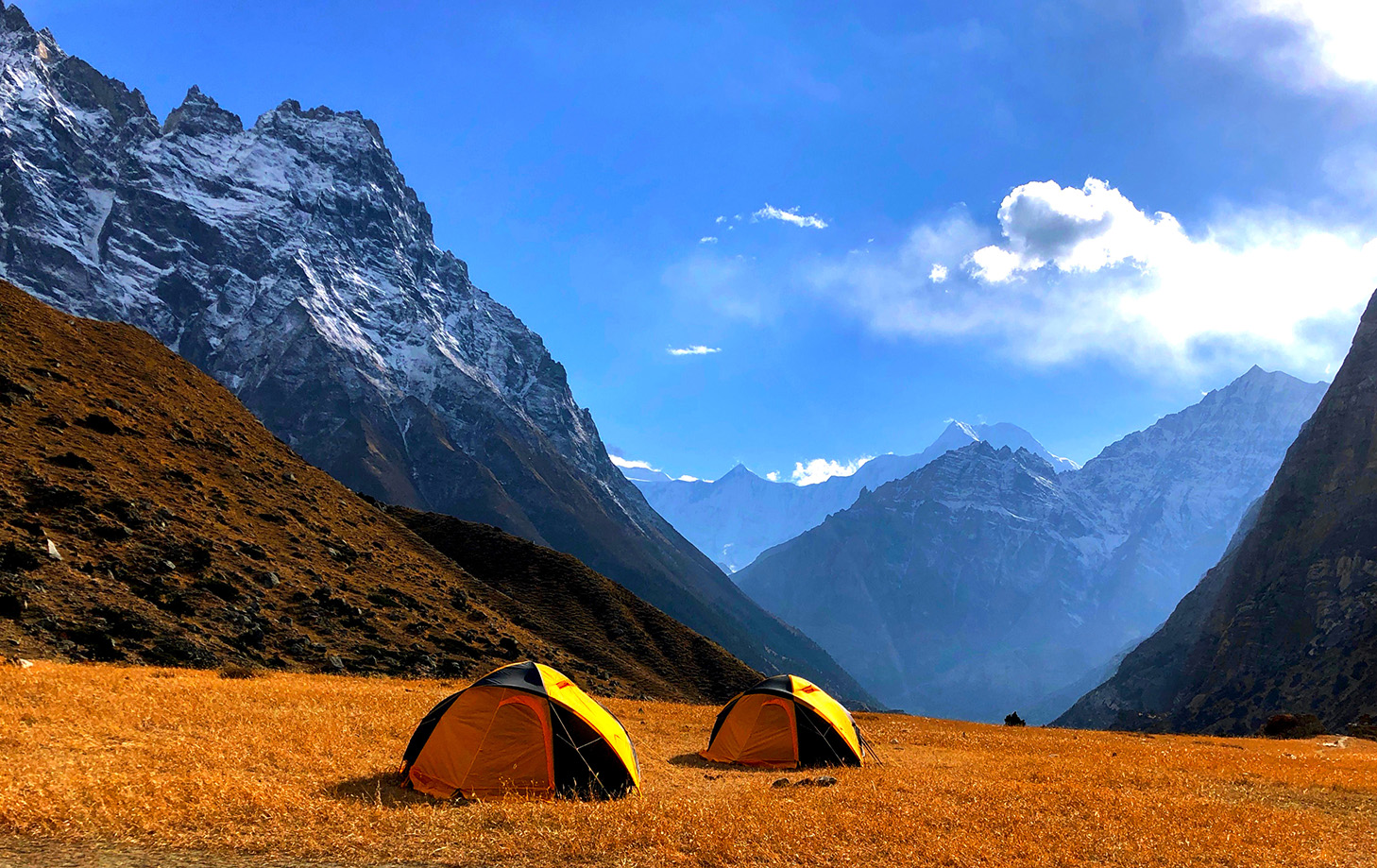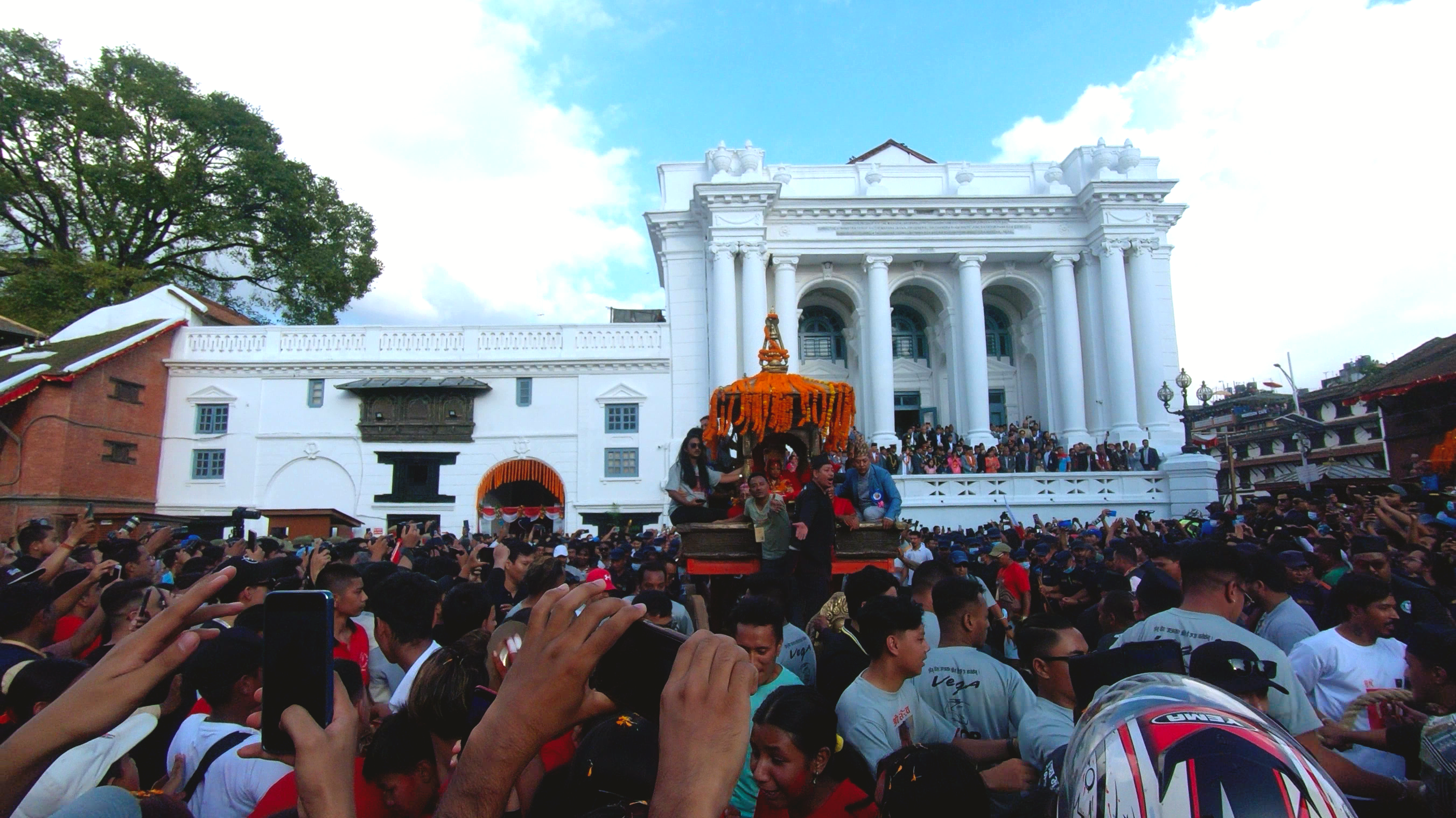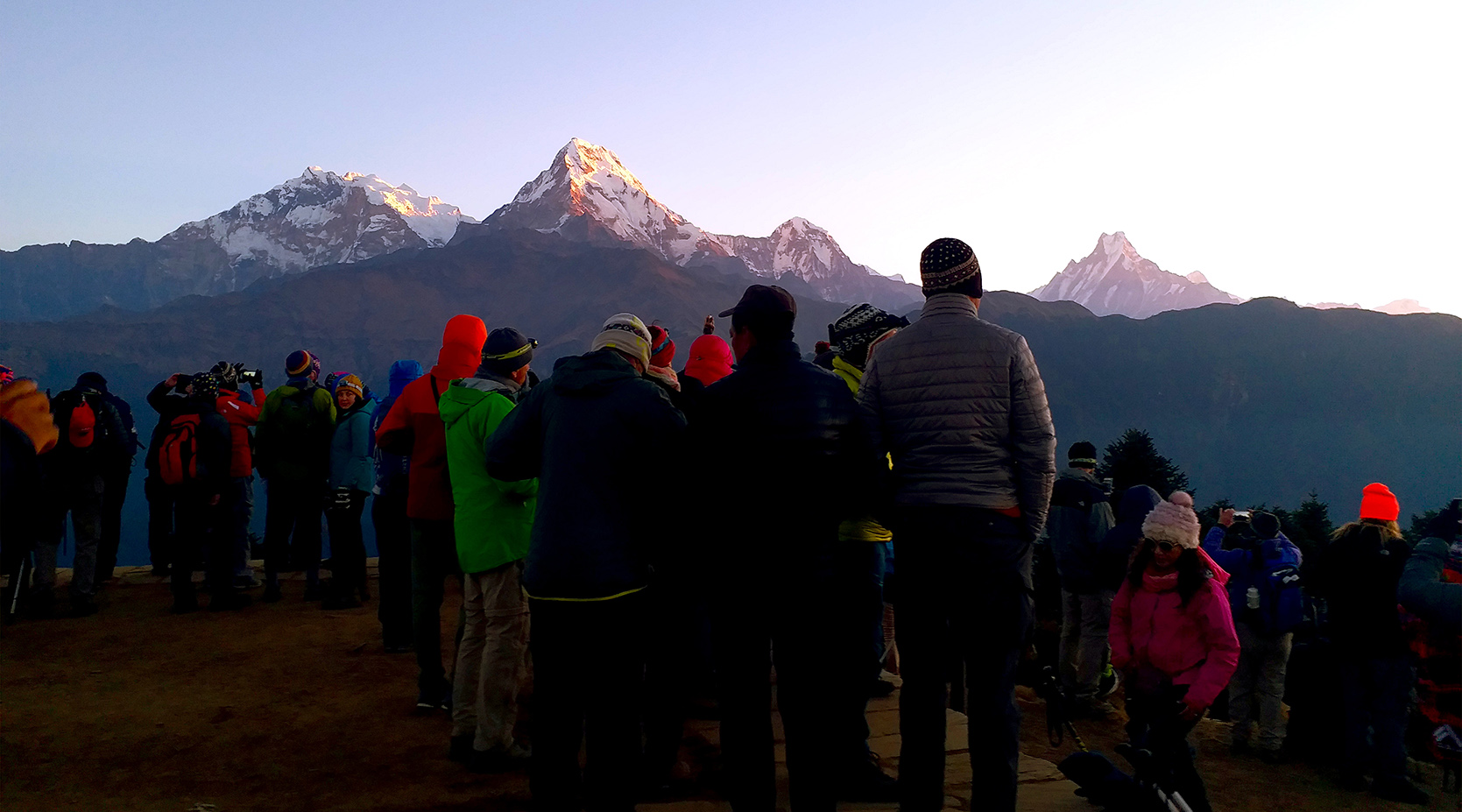Best Time to Visit Himalayas for Apt Weather, Less Tourists and Wild Festivals
Ideal travel experiences are often characterized by great weather, vibrant local events, and fewer crowds. In light of the changing weather patterns in the Himalayas, we have conducted a comprehensive analysis of weather data gathered over the past seven years in Nepal, Tibet, and Bhutan to prepare to best time to visit Himalayas.
Ideal travel experiences are often characterized by great weather, vibrant local events, and fewer crowds. This combination is particularly significant when planning a trip to the Himalayas, especially to Nepal, Tibet, and Bhutan. These mountainous terrains are prone to unpredictable weather events that require continuous observation and extensive weather data analysis to determine what’s coming next. One must exercise caution when it comes to trekking and climbing activities in the mountains of the Himalayan ranges, as small carelessness could result in fatal consequences. While visiting Nepal, Tibet, and Bhutan, most travelers are attracted to adventure activities near these giant mountains rather than just city tours. The determination of best time to visit Himalayas has to be done in consideration of multiple factors.
Travellers venturing into the Himalayas are often confronted with unforeseen and potentially perilous challenges, such as adverse weather conditions, landslides, blocked roads, or being stranded in snow. As a safety protocol, it is imperative for travel operators to perform a meticulous calculation of weather patterns and potential scenarios to ensure optimal trip experiences. This is particularly crucial in light of climate change and its resultant erratic weather patterns in the Himalayan region of Nepal, Tibet, and Bhutan. It is recommended that travellers who require domestic flights in these destinations allocate 1-3 reserve days, depending on their intended destination. Determining the optimal time to embark on a Himalayan trip, be it a trek, expedition or tour, is contingent on local weather patterns, noteworthy local events or festivals, and the volume of tourists undertaking the same trip. It is noteworthy that overcrowding on the Himalayan trails, which are already susceptible to limited supplies and a delicate ecological balance, may not be prudent. It is at the discretion of the traveller whether or not to attend local festivals, bearing in mind the potential risks. Consequently, it is incumbent upon travellers to prioritize safety when venturing into the Himalayas. Best time to visit Himalayas on various prospective are presented below:
Best Time to Visit Himalayas For Good Weather
The quality of a trip to the Himalayas is largely dependent on timing, which can significantly impact the overall experience. The effects of climate change have resulted in turbulent weather patterns in recent years, particularly from 2017 AD until the end of 2023 AD, which have posed challenges for Himalayan trek operators in Nepal during what is typically considered the best time to visit the region. Rainfall in the hilly region and snowfall in the mountainous region have been observed during the months of March and April for the past three years, while rainfall has occurred from the middle of November until the middle of December. Both of these rainfall patterns have shifted forward, occurring from the end of May in the spring season and from the end of February in the fall season. These changes in precipitation patterns can significantly impact the overall experience of a Himalayan trip. The Himalayan trails are notoriously difficult to navigate, requiring professional and well-trained guides. In the event of blurry vision, wet gear, or cloud-covered mountains due to rainfall, the experience may not be suitable for all travelers.

In light of the changing weather patterns in the Himalayas, we have conducted a comprehensive analysis of weather data gathered over the past seven years in Nepal, Tibet, and Bhutan. Our findings indicate that the traditional recommendations for the best times to travel in the Himalayan region require revision.
We have determined that the new best times to visit the Himalayas, specially Nepal are from mid-January to mid-March during the spring season and from mid-August to mid-November during the fall season. Notably, these periods coincide with several popular events and festivals celebrated in the region.
We are pleased to be the first to disseminate this information, as it appears that many travel companies are still unaware of the impact of climate change on weather patterns in the Himalayas. With this knowledge, we hope that other operators can adjust their trip recommendations accordingly.
While it may take some time for these new norms to be widely adopted, we anticipate that our readers and guests will benefit from having access to this information. Moreover, we expect that this information will help to alleviate overcrowding at popular trails and attractions during peak tourist season.
Best Times to Visit Himalayas for Festivals and Events Celebrated by Locals
Our previous customers who went trekking in Nepal have expressed their great enjoyment of the festivals that take place in the country. These festivals include Shivaratri, Indrajattra, Dashain, Tihar, and other local Jattras in Kathmandu, Bhaktapur, and Lalitpur. These events are often included as part of their trek package leisure activities. Nepal has two distinct festival seasons; the first one starts from the beginning of February to the end of March in the Spring season, while the second one starts from the second week of August to the first week of November in the Fall season. During these seasons, festivals such as Lhosar, Shreepanchami, Mahashivaratri, Holi, and Ghode Jattra are celebrated in the Spring season, whereas ShreeKrishna Jasmaasthami, Ropai Jattra, Indra Jattra, Teej, Bishowkarmaa Pujaa, Dashain, Tihar, and Chhat are celebrated in the Fall season.

These celebrations are unique and are a result of the cultural and social practices passed down through ancestors. Most of the festivals in Nepal are rooted in Buddhism and Hinduism, and they are considered a living tradition in the country. In contrast, festivals in Bhutan and Tibet are monocultural, meaning that they are not as lively and do not have as much participation from the locals. In Nepal, however, festivals are celebrated equally by people from all religious backgrounds, and the whole city comes together to celebrate, regardless of personal priorities.
Best Time to Visit Himalayas to Avoid Crowds
Travellers seeking to explore the mountains can take advantage of the early or late stages of the recommended best months to avoid the crowds. During the peak season, which is usually in the middle of the recommended best months, the trails leading to the Everest Base Camp and Annapurna Base Camp are packed with tourists and their service providers. Tea houses along the way are jam-packed, making it difficult to get a spot. However, for those looking to explore other trails leading to any Himalayan destination in Nepal, Tibet or Bhutan, the experience is more serene, even during the peak season.

The weather in the Himalayan region remains mostly cool, with high mountain passes and expedition camps being a bit chilly. During the recommended best months, there is a higher likelihood of clear weather, which provides travellers with breathtaking views and scenery. As a result, daily activities are more comfortable.
In Conclusion:
We can now not forget the impacts like rain pattern shift in Himalayan nations and call the old best time as the best at present. An ability to clearly calculate perfect weather window for any Himalayan trips has become vital from both the safety and satisfaction point of view. We use premium forecast data providers ahead of 3 months than the requested trip start date to make sure of the best trip plans. Some people also wish to visit mountains in rainy days under necessary precautions and guidelines just to admire the view after rainfall, they say its addicting. It can sometimes be tragic to get heavy rain falls in the mountain as the mountain streams flowing through the side of trekking trail can get extremely huge and swipe away everything near including the walking trails and the crossing bridges. We recommend that travelers planning to visit the Himalayas and Nepal consider the new best times to travel in order to optimize their experience. Our analysis is based on a rigorous assessment of historical weather data, and we are confident that our recommendations will enhance the quality and safety of travel to this region.
